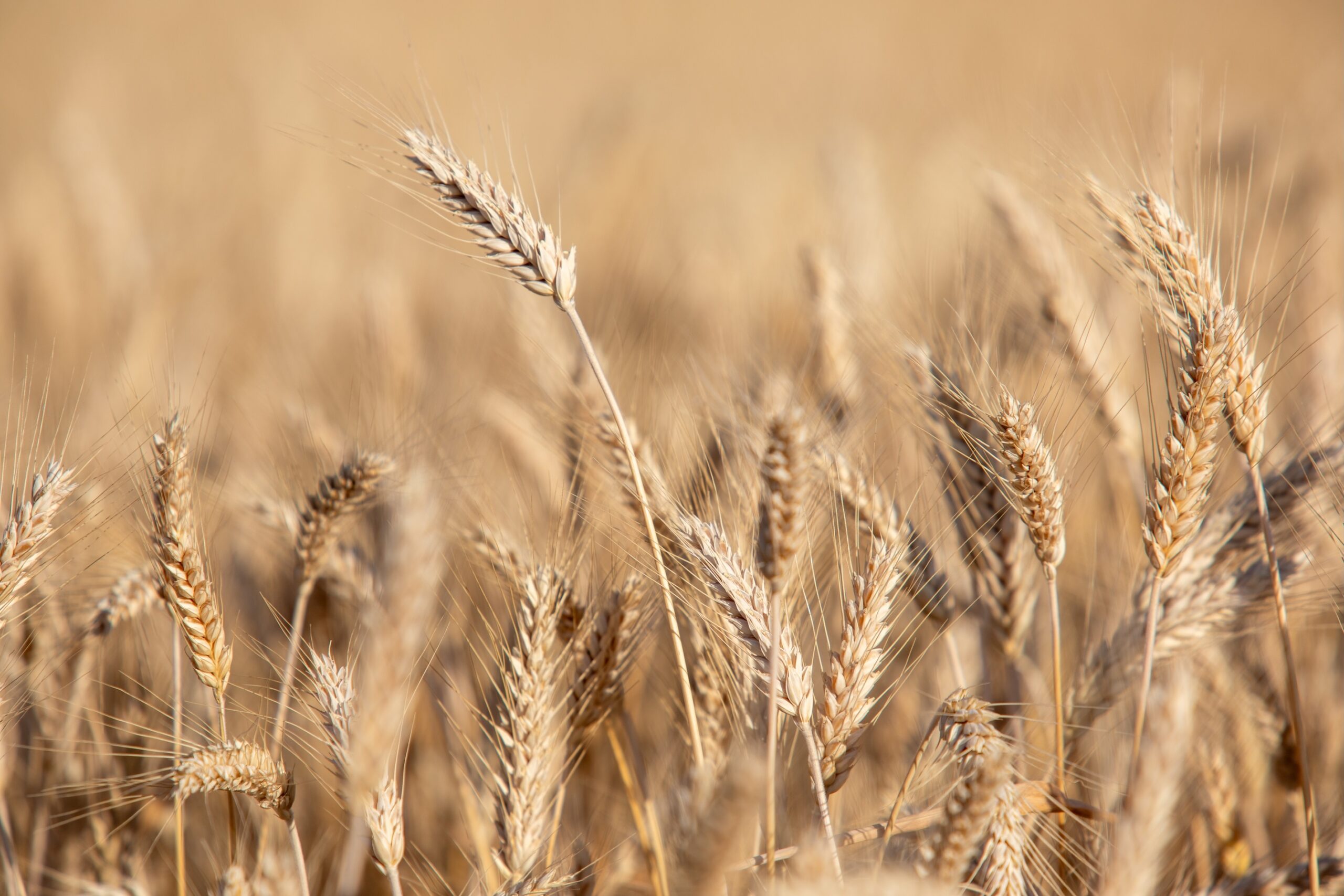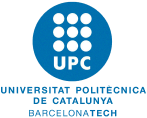News
Restoring Agricultural Soil
A Key to Sustainable Farming and an improvement for our products

Restoring agricultural soil involves a set of practices aimed at recovering the health and fertility of soil that has been degraded by erosion, intensive use of chemical products, loss of organic matter, and other factors. One of the fundamental pillars of this restoration is soil rehabilitation, which focuses on improving soil structure, water retention capacity, and the availability of nutrients for crops.
Soil Rehabilitation with Valorized Organic Matter
An effective method for rehabilitating agricultural soil is the incorporation of valorized pruning and gardening residues, such as compost and wood chips. These organic materials provide essential nutrients without the need for synthetic fertilizers derived from fossil materials.
Benefits of Using Pruning and Gardening Residues in Soil Restoration
- Supply of essential nutrients: Compost and other pruning-derived products improve the availability of macronutrients (such as nitrogen, phosphorus, and potassium) and micronutrients (such as iron and magnesium) necessary for healthy plant growth.
- Improved soil structure: Adding organic matter increases soil porosity, facilitating water and oxygen penetration, both essential for root development.
- Increased water retention: Soil enriched with organic matter retains water more effectively, reducing the need for irrigation and making crops more resilient to drought.
- Erosion reduction: Stabilizing the soil with organic matter helps prevent erosion caused by wind and water, especially in areas with steep slopes or exposure to heavy rainfall.
- Promotion of soil biodiversity: Beneficial soil microorganisms feed on organic matter, creating a balanced underground ecosystem that protects crops from pests and diseases.
- Reduced dependence on synthetic fertilizers: Using compost and other organic materials decreases the need for chemical fertilizers, whose production consumes large amounts of energy and contributes to greenhouse gas emissions.
- Circular economy and sustainable waste management: By valorizing pruning and gardening residues as resources for agriculture, the amount of waste sent to landfills is reduced, creating a sustainable management system that benefits both the environment and the local economy.
A Regenerative Future for Agriculture
The application of valorized pruning and gardening residues in agricultural soil restoration represents a fundamental strategy for transitioning toward sustainable and regenerative agriculture. This approach not only helps naturally restore soil fertility but also contributes to mitigating climate change and reducing the ecological footprint of agricultural production.
Further studies are needed to fully understand the effects and implications of using this material for soil restoration, but current results suggest it is a promising path forward. Continued research and investment in this model are essential to advancing toward a more sustainable and environmentally friendly agricultural system.
Integrating nature-based solutions like these is crucial to ensuring resilient, sustainable, and productive agricultural systems in the long term.
Other articles
See all articles









